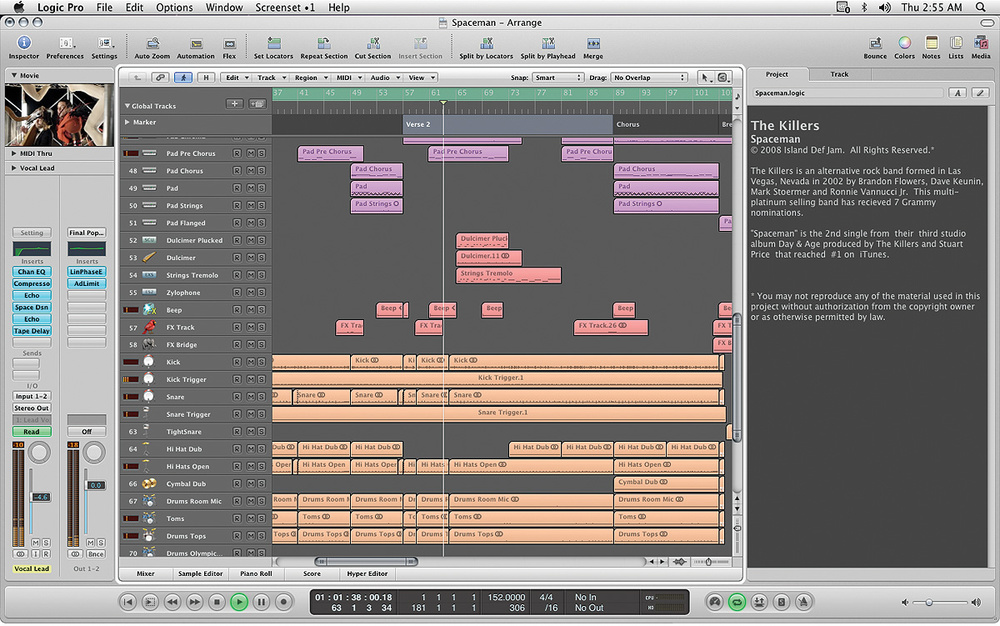
#Apple mainstage avoid pops and clicks software
Probably a little more complicated than it has to be, but that's Apple Professional Creative software for you. In the layer editor you can choose key ranges for each instrument by clicking and dragging. Select Preferences > Audio Devices > Select Dante Virtual Soundcard as your output. Open the Dante Virtual Soundcard > Select just 2 ins and 2 outs > Select the lowest latency > Select the right network > Press Start on the app. Then you can go to Layer Editor, which is on the Edit screen, click a track and the Layer Editor for the keyboard that the track is mapped to will be an option at the bottom. Select the input and output devices on the computer running Mainstage. Now when you play that keyboard, it will play all of the instruments that have that MIDI port selected. Then go to two or more instruments and set them both or all to the same MIDI port. To resolve this you should keep a constant eye on the buffer setting and make sure that you raise it as you move through your project and your CPU needs increase. MainStage is definitely faster and the MacBook Air feels more powerful than my 2019 Intel i9 w/32 GB of RAM at less than 1/3 the cost which is really sayin something. Click the ASIO Panel button near the bottom and select the buffer size from the drop-down menu.

Your Playback Timing Master should be set to your interface or ASIO driver. If you want to play more than one instrument with a single physical keyboard, then first make sure you have an on-screen keyboard mapped to the MIDI port. Low buffer settings are perfect to keep latency to low and will work well with stripped down projects but as the CPU load increases there is a risk of inducing clicks and pops. On the left, choose the Playback and Recording tab. If you have three physical keyboards and three different instruments, then you can just select a different MIDI port for each instrument and then each keyboard controls a single instrument. Under midi input, select keyboard: YOUR KEYBOARD NAME. Listen for any clicks, pops, hisses, especially if you have recorded vocals then. You would think the next step would be to map an instrument to a keyboard, but no, you go back to Edit view and map instruments to MIDI ports in the channel inspector for the instrument:Ĭlick the instrument channel strip. Examples of soft synths can be found within Apple MainStage, Reason. What you've already done is gone to the Layout tab, added on-screen keyboards, clicked on them and then selected a separate MIDI port for each one of them. The CD itself may be dirty or scratched, or the CD lens may need cleaning. A guy named Eric Barfield has a tutorial here: Do the clicks and pops only occur when you have a particular hardware item plugged in, such as an external hard drive or USB device If you find clicks and pops in audio ripped from a CD, this may have nothing to do with your PC.


I actually couldn't figure it out and had to use my web search skills.
#Apple mainstage avoid pops and clicks how to
It seems so easy once you know how to do it. While this definitely does help minimize pops and clicks to some extent, it also causes a delay from the time you play the note to the time it comes out of the.


 0 kommentar(er)
0 kommentar(er)
